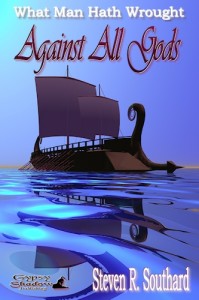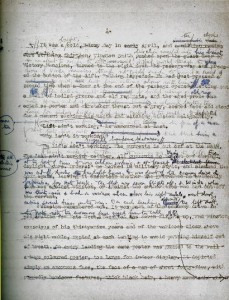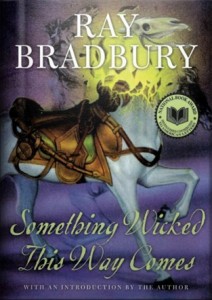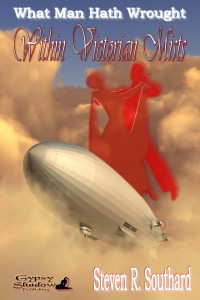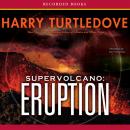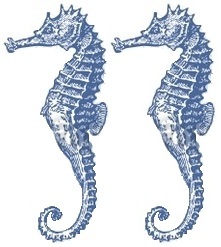In a previous blog post, I wrote about creating characters. One bullet point I made was that you, as author, should get to know your major characters. Let me expand on that today.
To review, your goal is to create believable, interesting, and memorable characters. Also, to some degree, your characters should be representative, or recognizable; readers should be able to identify with at least some aspect of the characters, having that aspect themselves or having witnessed it in other real people.
With that as your goal, you understand why you shouldn’t use stereotypes as your main characters. You want to convey a degree of complexity or depth, mimicking the complexity of real people. To achieve that, try to create characters that aren’t entirely consistent; they can’t be described in one word or phrase. They may be mostly consistent, but they have a quirk or two.
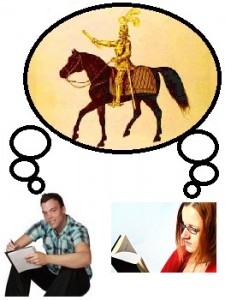 So, why must you, as the author, spend time getting to know your main characters? Think about it this way—your readers can’t know your characters before you do, or any better than you do. Phrased positively, after you start loving your characters, and to the degree you do, your readers have a good chance of loving them too.
So, why must you, as the author, spend time getting to know your main characters? Think about it this way—your readers can’t know your characters before you do, or any better than you do. Phrased positively, after you start loving your characters, and to the degree you do, your readers have a good chance of loving them too.
Every author employs a technique of choice to gain an understanding of his or her characters. Mine is to use a character chart. The chart takes me through the following aspects of a character:
- Biographical. This includes such things as name, date of birth, back-story, talents or skills, nationality, race, finances, religion, employer and occupation, marital status, etc.
- Physical. This category asks questions about age, weight, height, health, body type, eye color, hair color and style, disabilities, illnesses, self-image, etc.
- Psychological. In this section I specify the Myers-Briggs personality category, the character’s main motivation, worst fear, biggest regret, etc.
If you send me an e-mail at steven-at-stevenrsouthard-dot-com, I’ll send you the character chart I use. However, I urge you to modify it so it suits you.
Here’s the interesting and non-intuitive part about using these character charts. You won’t end up using all that filled-out chart information in your story. In fact, after filling out the chart, you may never look at it again. And that’s okay. The point of filling out the chart wasn’t only (or even mainly) to generate a ready reference. The point was for you to get introduced to your character, to really understand your character well.
After completing the chart, you should still think of it as dynamic and changeable. It’s on paper or electronic form, after all, not chiseled on a stone tablet. If you find some aspect of the character not really working in the story, feel free to change the character. You’re aiming to have the story and characters intertwined so that only these characters could experience these events and behave in ways that advance that particular plot.
Aside from the chart method, here are two other ways to get to know your characters:
- You could take some scene or event from your own life (not something in your story), and describe it as your character would. That helps keep your characters from getting too autobiographical and forces you to see through their eyes.
- You could write down (or speak aloud) an imaginary dialogue between yourself and your character. Again, this separates the character from you, highlights how distinct and unique the character is, and helps bring the character “alive” in a way.
Did this blog entry help you, or not? Either way, feel free to leave a comment and let me know. Meanwhile, there are several characters waiting to become better known by—
Poseidon’s Scribe


